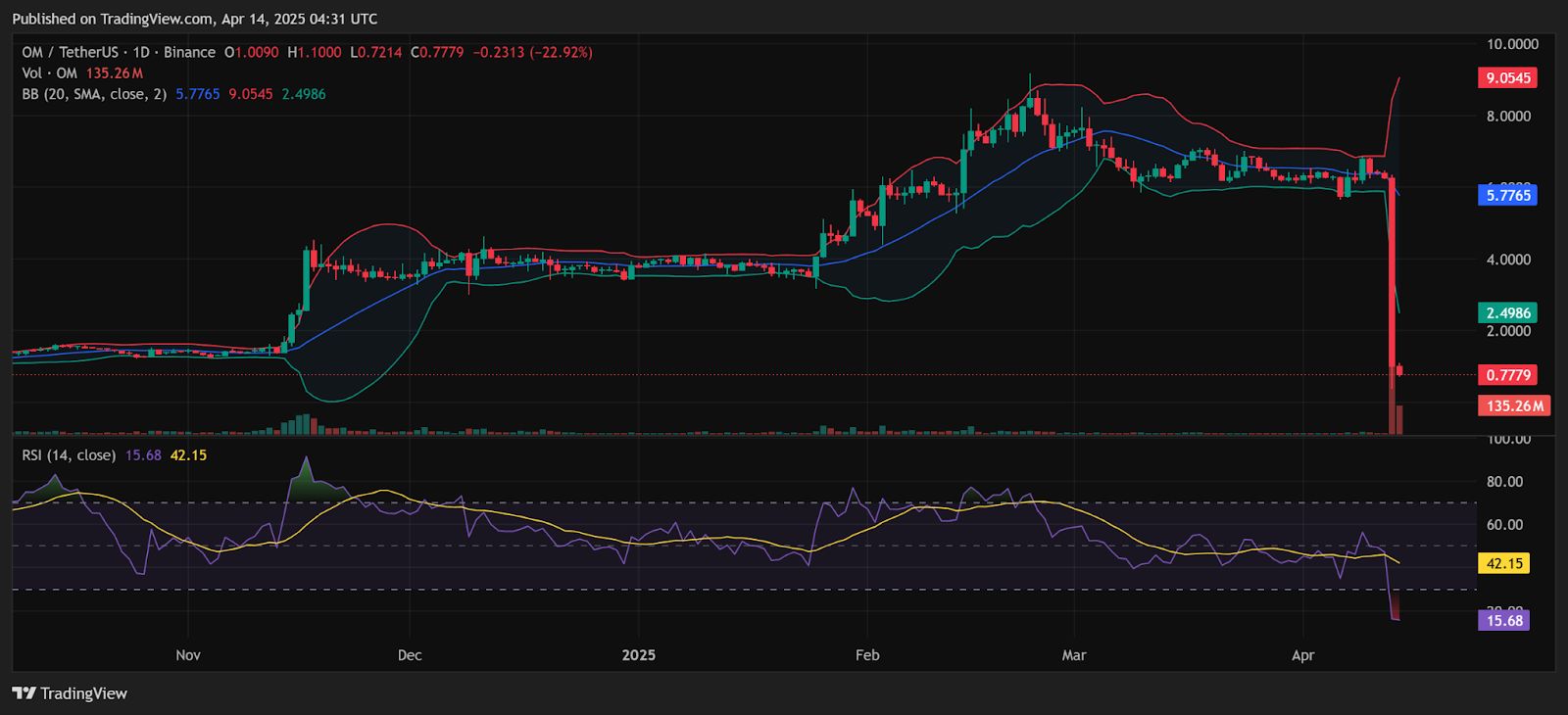Crypto Traders Cautious on Bitcoin as Fiat Liquidity Measures Point Lower
It would be unusual for bitcoin to stay bullish when fiat liquidity measures are pointing lower, one portfolio manager said.
Risk-taking has strongly returned to financial markets since the final quarter of 2022. While the consensus is for the party to continue, some observers call for caution as key indicators point to fiat liquidity pressures ahead.
Bitcoin (BTC), the leading cryptocurrency by market value, bottomed out near $15,500 in November and has since doubled to $31,000, with prices rising by nearly 20% in the past two weeks alone, thanks to the likes of Fidelity applying for spot-bitcoin ETF.
Wall Street's tech-heavy Nasdaq index also bottomed out in late 2022 and has rallied nearly 50% since then, with the broader index, SP 500, gaining 25% over the same period.
The going could get tricky, as of late widely-tracked fiat liquidity metrics, like the Fed net liquidity indicator and the global net liquidity indicator, have turned lower, according to crypto fund Decentral Park Capital's Portfolio Manager Lewis Harland.
"Market liquidity measures (global, U.S. domestic) point lower and would be unusual for BTC to be constructive with both liquidity measures declining over coming weeks," Harland said in a market update on Monday.
"This is the single biggest reason we are cautious for BTC despite the bullish consensus market view and think this is being overlooked by investors," Harland added.
Fiat liquidity conditions heavily influence risk assets like and stocks. Historically, turning points in fiat liquidity conditions have marked significant peaks and bottoms in risk assets' market valuations.

The global net liquidity indicator, which considers the fiat supply of several major economies, has dwindled to $26.5 trillion, the lowest since November 2022, according to data from the charting platform TradingView and Decentral Park Capital.
The Fed net liquidity indicator, which gauges the amount of U.S. dollars available in the system, has declined to $6 trillion from $6.3 trillion a few weeks ago.
Bank reserves held at the Federal Reserve (Fed) are also dropping, as tweeted by Sven Henrich, the founder and lead market strategist at NorthmanTrader, and Endeavour Equity Strategy's Founder, Douglas Orr.
Banks use reserves to extend credit. Hence, a decline in reserves means tightening and can lead to risk aversion.
The tweet shows the bank reserves held at the Fed have declined in the past coupe of weeks, putting a question mark on the sustainability of the SP 500 rally. The same is true for bitcoin.
A similar divergence is seen in the MSCI All Country World Index (ACWI) and the total assets the big five central banks (the Fed, ECB, BOJ, PBOC and BOE), also a measure of fiat liquidity.

The combined balance of the big five central banks is contracting again, signaling liquidity pressures for risk assets.
"We do see liquidity from central banks beginning to roll off, and that correlation with markets suggests that it may be a headwind moving forward. Particularly with [U.S.] Treasury issuance pulling more liquidity out of the market," pseudonymous macro trader and investors Markets Mayhem said in of the newsletter, noting the divergence between stocks and central bank balance sheets.
Edited by Parikshit Mishra.
Disclaimer: The content of this article solely reflects the author's opinion and does not represent the platform in any capacity. This article is not intended to serve as a reference for making investment decisions.
You may also like


The Ghost of FTX Past? Allegations Haunt Mantra (OM) Following Shocking 90% Drop

FHE is live! Bullish or bearish? Join to share 24,000 FHE!

